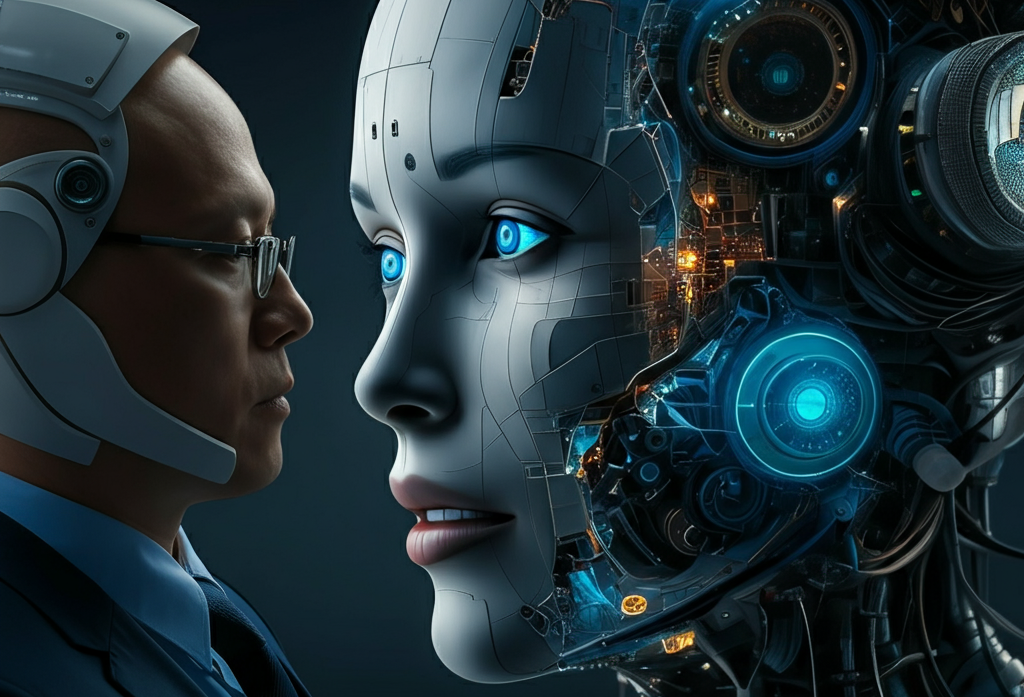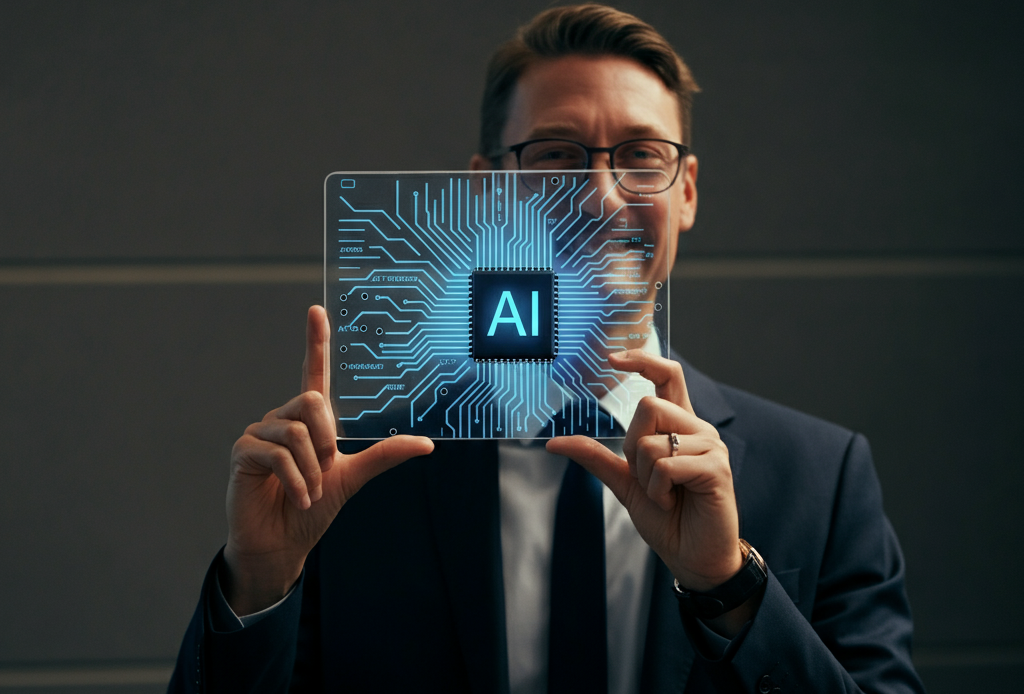Agentic AI (AAI), or instrumental AI, offers a proactive, goal-driven approach to artificial intelligence. Unlike traditional generative AI (GenAI), which mimics human thought, agentic AI enables machines to understand and actively pursue objectives.
What is Agentic AI?
To grasp the concept of AAI, it helps to start with its name. “Agentic” refers to the agent-like qualities of intelligent systems that act autonomously, making independent decisions guided by predefined goals. This marks a significant departure from traditional AI systems, which primarily execute tasks based on human-provided inputs and instructions.
Generative AI: The Foundation of Creation
Generative AI, on the other hand, operates on the principle of learning from data. It leverages algorithms to “generate” new content or solutions by identifying patterns and relationships within datasets. Applications of generative AI are vast, spanning fields like image and speech recognition, natural language processing, and personalized recommendations.
A Powerful Synergy
While AAI and GenAI may initially seem like distinct methodologies, they are anything but incompatible. In fact, their strengths are complementary, resulting in a dynamic partnership that enhances the capabilities of artificial intelligence. So, AAI enhances the creative potential of generative AI with its precision and goal-driven decision-making, creating a more efficient and impactful synergy between the two approaches. Here’s how they work together:
- High-Quality Data Generation: AAI specializes in generating high-quality training data for generative AI models, enhancing their accuracy and overall effectiveness.
- Goal-Oriented Learning: Agentic AI enables generative models to produce outputs aligned with specific goals, ensuring more targeted results.
- Refining Through Human Feedback: AAI integrates human feedback to guide the learning and decision-making process of generative AI. This goal-driven refinement improves the system’s effectiveness and adaptability.
Therefore, together, AAI and GenAI form a powerful alliance, combining creativity with purpose-driven precision to redefine the boundaries of artificial intelligence.
Applications of Agentic AI
Agentic AI is revolutionizing industries, driving innovation and tackling complex challenges with remarkable precision. In transportation, it powers self-driving cars, enabling them to navigate intricate environments by setting goals and making informed, real-time decisions. In healthcare, it assists doctors by diagnosing diseases and recommending treatments, transforming patient care and medical workflows.
The potential applications of AAI are vast and ever-expanding. Here are key areas where this technology is making an impact:
- Autonomous Robots: AAI empowers robots to interpret their surroundings, set objectives, and make decisions autonomously. This enhances their efficiency in performing tasks, from industrial manufacturing to home assistance.
- Personalized Recommendations: By considering user preferences and goals, AAI improves recommendations in e-commerce, streaming, and social media, offering more accurate suggestions.
- Fraud Detection: AAI analyzes patterns and detects anomalies to strengthen fraud prevention in financial transactions and online platforms.
- Predictive Maintenance: In industrial operations, AAI forecasts equipment failures, optimizing maintenance schedules and minimizing downtime.
So, from simplifying daily life to solving intricate industrial challenges, AAI is paving the way for innovative, real-world solutions.
Ethical Considerations
As agentic AI becomes increasingly autonomous, ethical concerns about its development and implementation are growing. A major issue is the potential loss of human control over systems capable of making independent decisions. Therefore, addressing these concerns requires a commitment to developing AAI responsibly, using it ethically and aligning it with human values.
So, Agentic AI offers great potential, but its development requires careful planning, transparency, and ethical oversight to maximize benefits and reduce risks.
The Future of AI
Agentic AI represents a significant step towards creating truly intelligent machines that can think, reason, and act autonomously. And. there is still much to learn in this field, but the potential for AAI to enhance generative AI is exciting. As we push the boundaries of artificial intelligence, it’s crucial to consider how these advancements can positively impact society and shape our future.
So, both types of AI have great potential for revolutionizing various industries and improving the quality of our lives. The combination of generative AI and AAI could lead to a more advanced, efficient, and ethical future for artificial intelligence. Thus, research and development in both areas are key to unlocking AI’s full potential and societal impact. With responsible advancements, we can look forward to intelligent machines working with humans to solve problems and achieve goals.
Conclusion
In conclusion, Agentic AI brings a transformative edge to traditional generative AI by introducing autonomy, goal-driven behavior, and advanced decision-making capabilities. It will be fascinating to see how AAI evolves to enhance—or even surpass—generative AI. With careful and responsible development, this technology has the potential to revolutionize industries and enrich our everyday lives. The future of AI holds immense promise, and the integration of AAI marks an exciting chapter in its evolution.
Click here for a post on the integration of AI with physical robots.





